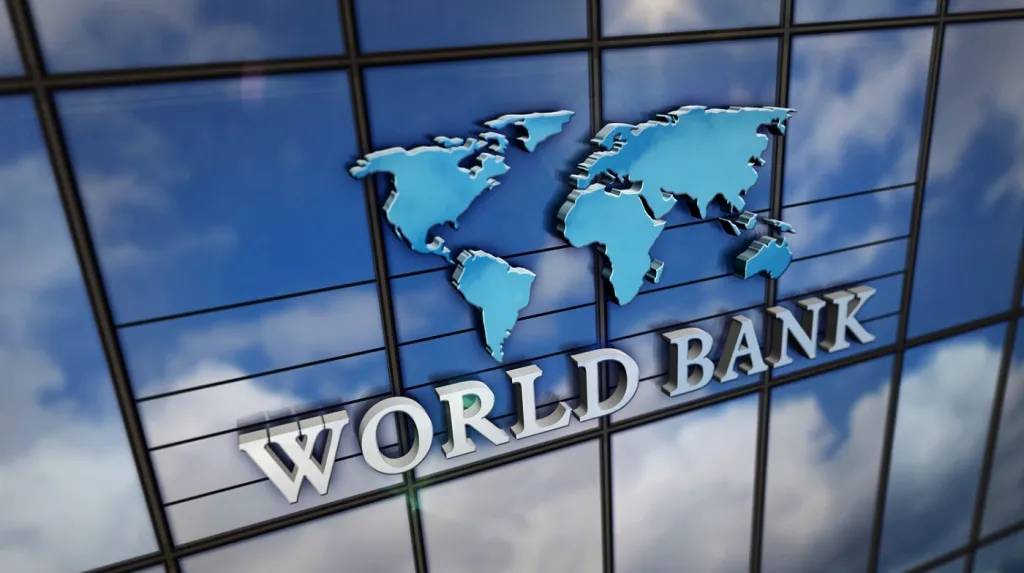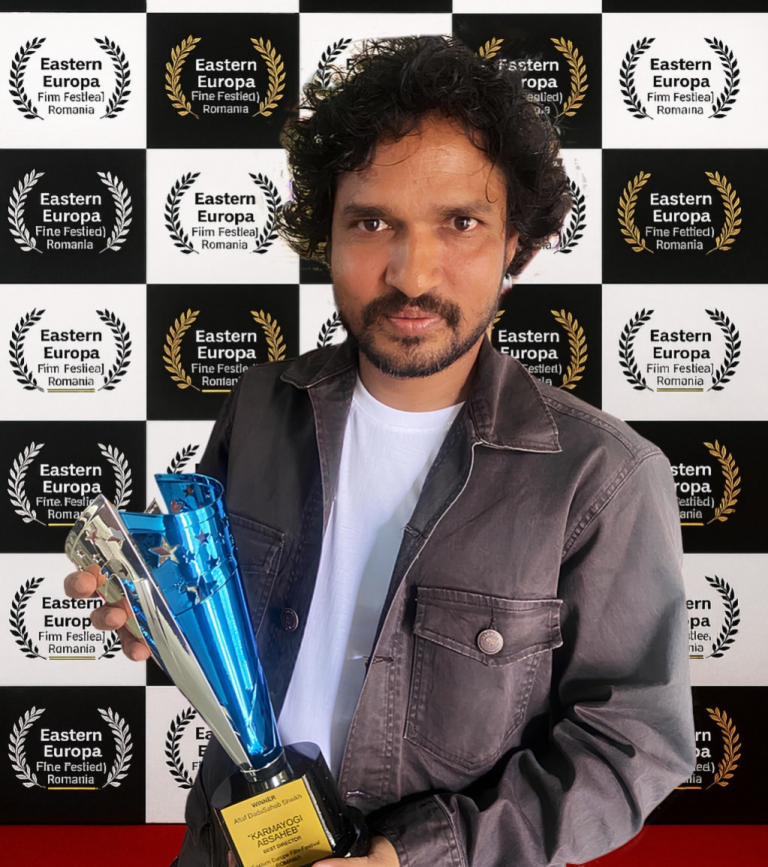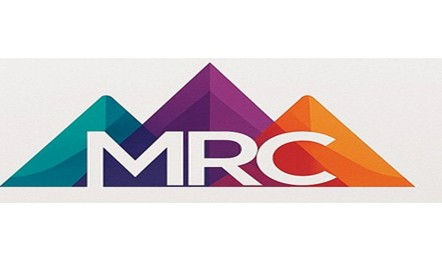
World Bank
According to the World Bank Report 2024, more than 100 nations, including India and China, face significant challenges in transitioning to high-income developed economies and risk being caught in the middle-income trap. Since 1990, only 34 middle-income countries have advanced to high-income status. The report emphasizes that middle-income countries cannot rely on outdated strategies for growth, comparing this to driving a car in first gear while trying to speed up.
The report identifies 108 middle-income countries facing difficulties due to the decline of traditional growth environments, such as interconnected trade and open economies, coupled with the added challenge of climate change, which disproportionately affects poorer nations. World Bank Chief Economist Indermit Gill highlighted that countries typically hit a growth plateau at around 10% of the US GDP per capita, approximately $8,000 today.
The global economic landscape is now characterized by increasing geopolitical tensions, de-globalization, offshoring, and protectionism, altering trade dynamics. Without changing their economic models, it could take China over a decade to reach a quarter of the US income per capita, while it could take Indonesia 70 years and India 75 years. Despite India’s goal to become a developed nation by 2047 being commendable, the report stresses the need for new approaches.
The World Bank introduced a three-stage roadmap to prevent progress stalls: invest, infuse, and innovate. For mid-level countries, capital investments alone are insufficient to boost per capita incomes. Instead, these countries need an “infusion” of foreign technologies, which must be widely disseminated alongside developing a highly skilled workforce. Inefficient state-run and private-sector companies should be replaced by numerous new firms to prevent economic dominance by a few large enterprises.
In the final phase, economies must focus on innovation, with South Korea cited as a successful example, achieving a per capita income of $33,000. Chile and Poland escaped the middle-income trap by adopting foreign technologies and integrating with Europe, respectively. The report also noted that mid-sized countries are aging before becoming wealthy, as falling death rates increase the elderly population.
India may already be experiencing a demographic shift, as noted by BVR Subrahmanyam, CEO of Niti Aayog, who emphasized the need for a demographic-management policy to address the growing elderly population. The report praised India’s Aadhaar-enabled public digital infrastructure and the Tata group’s innovative approach, which included importing computers and exporting software services through Tata Consultancy Services.
Once countries reach the upper-middle-income level, they should shift their focus to innovation, not just adopting global technological advancements but also contributing to them.







